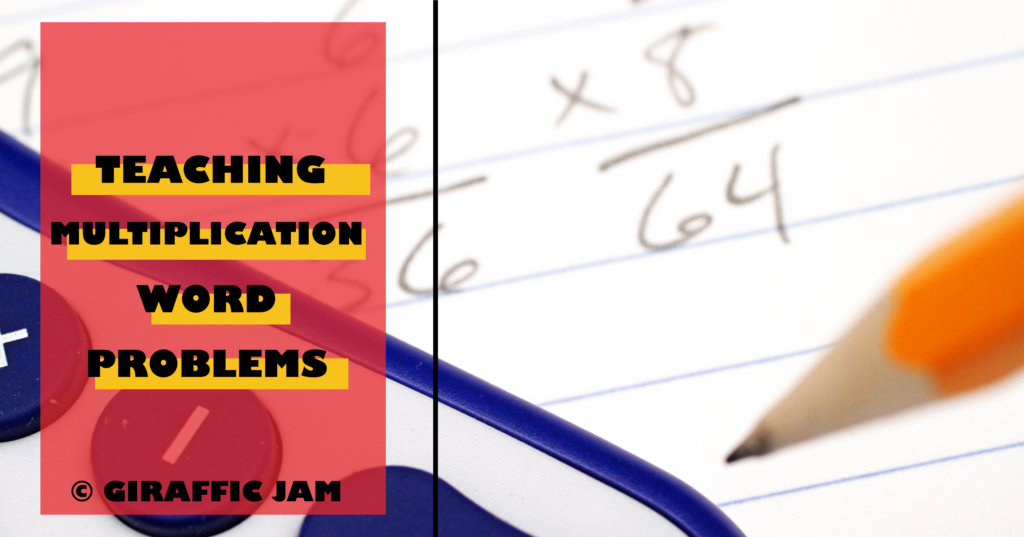
Teaching multiplication word problems doesn’t have to be hard. But, it is a fundamental skill in early mathematics education. Teaching multiplication isn’t just about numbers; it’s about turning little thinkers into problem-solving wizards. We’re here to share some super cool and easy ways to help kids get the hang of multiplication in real-life situations. Forget the boring old drills – we’re talking about fun, practical tips that make learning multiplication a breeze for your students or your own kiddos. Whether you’re a teacher looking for some fresh ideas or a parent eager to help out with homework, this post is your go-to guide for making multiplication as easy as 1, 2, 3.
Multiplication word problems are like mini-stories where your kids can apply their multiplication skills to everyday situations. Imagine a problem like, “If one pack of stickers has 5 stickers, and your child buys 3 packs, how many stickers do they have in total?” It’s not just about multiplying 5 by 3; it’s about understanding a real-life scenario where multiplication is key.
These problems are super helpful because they show your kids how multiplication pops up in daily life, like when buying several items or grouping things together. It’s more than just number crunching; it’s about piecing together the story to find out how many times something happens or how many are in each group. They turn into math detectives, using clues from the story to figure out the total amount. This approach makes math fun and engaging, transforming it into a puzzle they can solve. Plus, it’s a great way to sharpen their problem-solving abilities and boost their confidence in using multiplication in everyday situations.
Wait! Before you go to teaching multiplication word problem keywords, remember that keywords should NOT be the only strategy you use when teaching multiplication word problems!
Why?
Read these problems:
Jase has 7 bananas and 4 apples. How many fruits does he have in all?
Jase has 8 bananas. He gives away 4 bananas. How many fruits does Jase have in all?
Jase has 3 bags. Each bag has 4 apples. How many apples does he have in all?
Jase has 18 apples. He puts 3 apples in each bag. How many bags does he have in all?
If you taught that “in all” ALWAYS means addition, your students would be wrong 75% of the time! Keywords should be taught as a tool, not as the ‘be all, end all’ when working with word problems!
Students should ask themselves three questions:
If their answers are “no, yes” then they will be multiplying!
Want to make the above strategy even easier?
A visual chart is a great way to do that!

This free resource can be used with ANY word problem – just put it in a dry erase pouch so students can use it again and again!
Teaching multiplication word problems doesn’t have to be challenging. With a visual chart, students can see when they need to add, subtract, multiply, or divide. With practice and numberless word problems, students will be solving problems in no time!